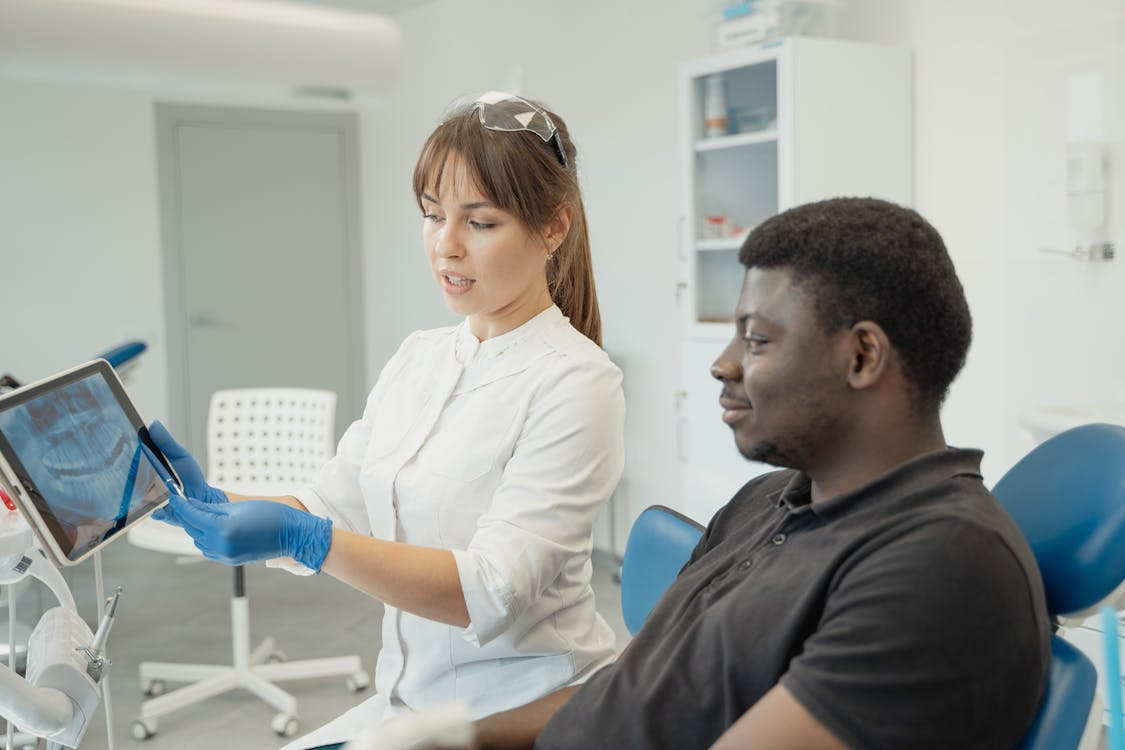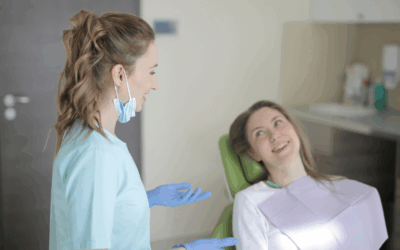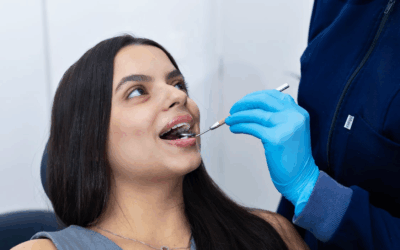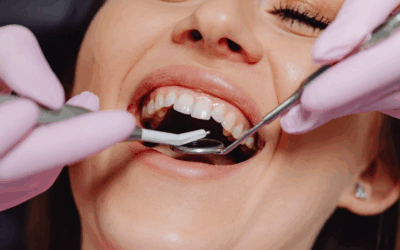Modern implant care starts with a clear picture. Three-dimensional imaging gives us a complete view of your jaw-bone width and height, the position of nerves and sinuses, and the exact space available for your new tooth. With this detail, we can plan precisely, place implants more predictably, and design restorations that look and feel natural.
What “3D imaging” means in implant dentistry
Traditional X-rays are flat. 3D imaging (often called CBCT) captures thin, layered slices of your jaw and builds a full model we can explore from every angle. That model guides every decision from implant size and angulation to whether we should add bone or adjust timing so we’re planning with facts, not guesswork.
Why this matters for your result
- Safety and accuracy: We can see and avoid vital structures (like nerves and sinuses) and position the implant where bone is strongest.
- Restoration-driven planning: We place the implant to support the final crown or bridge, so the tooth emerges naturally and matches your bite.
- Fewer surprises on surgery day: Clear measurements help us choose the right implant and anticipate whether grafting or sinus elevation is needed.
- Smaller, more efficient procedures: When the plan is precise, surgery is typically more streamlined with less chair time.
From scan to smile: our digital workflow
Your visit begins with a focused 3D scan and a clinical exam. We review your goals and map out the ideal implant position on the digital model, then coordinate with your restoring dentist so the implant and the final tooth work together. When appropriate, we use a custom surgical guide which is designed from your scan to transfer the plan to your mouth with high accuracy. This “plan first, place second” approach is especially helpful for front-tooth esthetics, tight spaces, or multi-tooth and full-arch cases.The use of 3D imaging modalities such as CBCT and CAD/CAM technology has significantly enhanced the ability to visualize and comprehend the intricate 3D anatomy of the oral and maxillofacial regions.[1]
Planning for simple and complex cases
3D imaging lets us tailor care whether you’re replacing a single tooth or rebuilding a full arch:
- Single tooth: We check bone thickness precisely and angle the implant to support a natural emergence profile.
- Multiple teeth: We balance implant spacing and bite forces for long-term comfort and maintenance.
- Grafting and sinus decisions: The scan shows where bone can be reinforced and how much space is available, so grafting is purposeful and not routine.
What to expect at our Rochester office
The scan is quick, and you’ll be able to see your 3D model as we explain options in plain English. We’ll cover timing (immediate vs. staged placement when appropriate), whether a guide will be used, and what healing looks like for your specific case. You leave knowing the steps, expected milestones, and how we’ll work with your general dentist to complete the crown or bridge.
Comfort, healing, and long-term care
Treatment is performed with local anesthesia and a gentle technique. Most people describe pressure and vibration rather than sharp pain. Before you go home, you’ll receive simple written instructions. As you heal, be gentle near the area and choose softer foods for a short period of time. For everyday care, keep it consistent, brush thoroughly twice a day (about two to four minutes) and clean between teeth twice daily. Once you’re under periodontal care, plan on ongoing maintenance visits with us to protect the implant and surrounding gums.
Considering implants in Rochester, NY?
If you’re weighing options for a missing tooth or exploring implant-supported solutions, 3D imaging helps us plan precisely and deliver a result that looks natural and lasts.
📞 Give us a call at 585-685-2005 to set up a visit, or reach out online to get started. We’ll help you feel confident eating, speaking, and smiling again.
Source:



